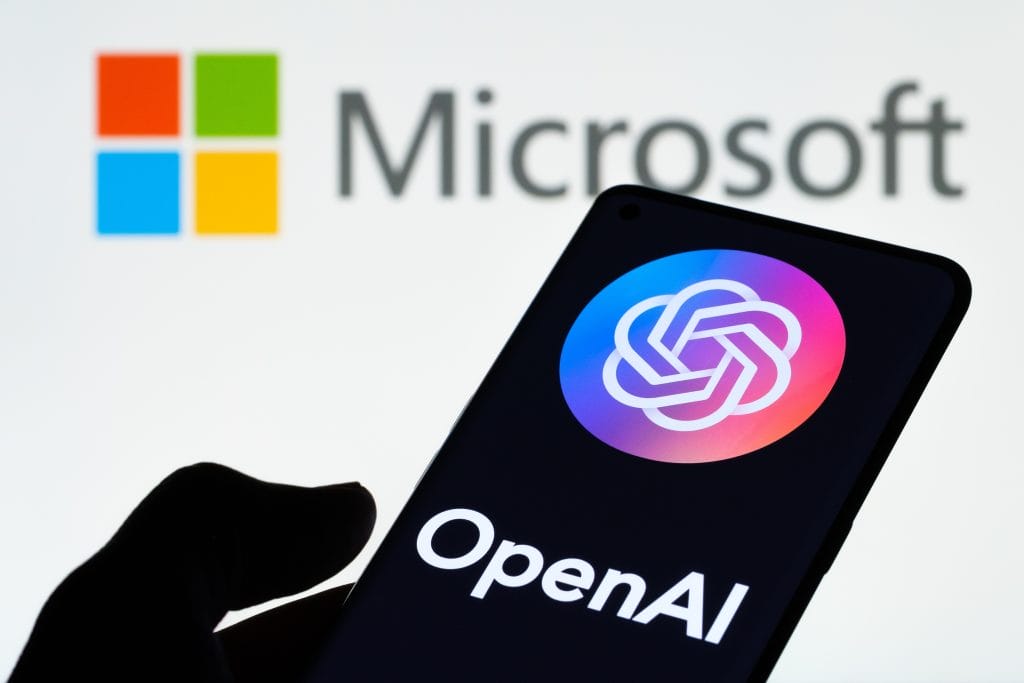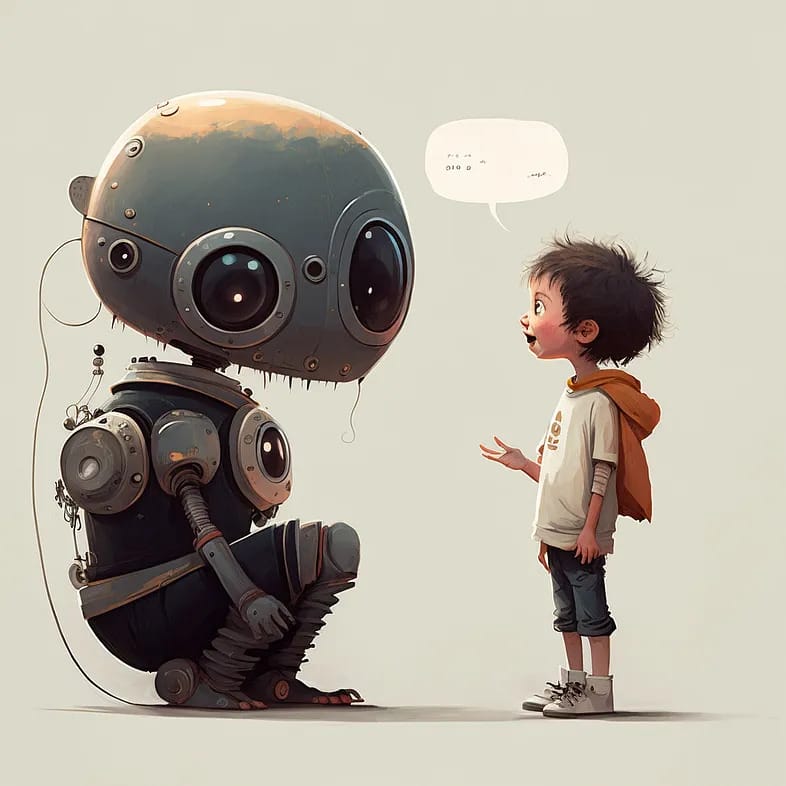Artificially smarter
By Shaan Bajaj
Picture this: I wake up reluctantly and step out of bed to check my phone. The screen lights up and seamlessly scans my face to unlock my device. With a few words to my smart assistant on my smart phone or smart home device, I can ask for today’s weather forecast, global news headlines, or a background soundtrack for my morning. Once I am ready, I open Google Maps to check on Bangkok’s notorious traffic before deciding what route to take and when would be the best time to step out. During my commute, I scroll through social media while also checking my emails.
By 10am, I have used Artificial Intelligence (AI) in a number of ways. AI-powered functions have: recognised my face; collected and analysed data to provide me with real-time insight into the news, traffic, and weather; all while social media algorithm shave curated a feed based on my personal likes and dislikes. Oh, and Gmail has already started to draft possible responses as soon as I hit the reply button.
The scenarios mentioned above are examples of Narrow Artificial Intelligence (NAI),sometimes referred to as weak AI, that are built to solve a single function under a plethora of constraints and limitations that they are trained with. Recently however, the industry has seen the rise of a smarter type of Artificial Intelligence. A new AI chatbot called ChatGPT (Generative Pre-trained Transformer)has been developed by OpenAI, and it has the capability to answer with human-like responses that are coherent and easy to understand.
For example, if you ask the bot what its mission is, it provides a comprehensive explanation and ends with, “overall, ChatGPT is intended to help humanity by improving the usability and effectiveness of AI.” Currently launched as a prototype, the chatbot was built through supervised learning and reinforcement learning, and its knowledge halts at 2021. Although it is not connected to the internet, the possibilities of what it’s capable of are endless: users have been able to instruct the bot to write code, poems, essays, and song lyrics; and create diet plans, budgets and more. Microsoft has recently announced a multi-billion dollar investment into OpenAI, planning to make AI a priority moving forward.
So how does it work and how can it change your life?
The chatbot is free to use in limited capacity (although Microsoft has recently introduced a paid version as well). Follow the five steps below to try it yourself:
- Visit https://openai.com
- Click on ChatGPT, located under their featured heading.
- Once on the page, click on ‘TRY CHATGPT’
- You will prompted to sign in or make an OpenAI account.
- Once you make an account, you will gain access to play around with the chatbot yourself!
Here are three different examples of how you could use it:
- Research F&B options in Bangkok or beyond; this could be very useful when you would like to try something new, have friends visiting, or just want something specific. Some examples of how to phrase your question would be, “Give me a list of vegetarian Michelin-starred restaurants in Bangkok, including their price range.” Or, “Which Italian restaurants overlook the Chao Phraya River?”
- When planning a family holiday, there is a lot to consider: from the hotel you’re staying in, to the attractions that are family friendly, and even vegetarian dining options for people like myself. Provide ChatGPT with the details of your desired trip and it will generate a detailed, day-to-day itinerary that would suit your needs.
- Ask ChatGPT to come up with a budget for your big, fat, Indian wedding. Here is an example of the answer we received:

The examples listed above are just three ways in which you can use it to save time. I asked ChatGPT to list some of the ways it can be used, and it provided me with another 20 options including:
- language translation
- text summarisation
- writing error-free emails and documents
- as a virtual assistant, and many more.
Once the bot becomes more advanced and is up to date with today’s events, it will entirely transform how we interact with computers. Instead of having to endlessly research pages on Google and scour the depths of social media, the information will be available in easy-to-digest language in just a matter of seconds. Although ChatGPT seems to be receiving all the hype, there are a few other new AI advancements to take note of as well. These include DALL·E 2 (https://openai.com/dall-e-2/) and Midjourney (www.midjourney.com/). They both generate AI images from the text descriptions that you provide. However, the use case scenario is much less impressive than ChatGPT, but can be very helpful in creative fields.
SOMETHING TO CHEW ON
- AI technology often reflects the existing views of the people that developed it, and has thus proven susceptible to bias, often learned when the algorithm is developed with biased data or when societal bias seeps into the algorithms. As AI becomes more integrated into our lives, AI bias would further cement systematic biases such as racism, sexism, classism, and homophobia, to name a few. This would have far-reaching harmful consequences for minority groups.
- AI could widen the financial divide between rich and poor, as developing economies would suffer from not being able to keep up with the technological capabilities of other advanced nations. This could lead to the loss of investment to create and retain jobs.
- More than just rote work, there has been a rise in AI in the creative industry, from advertisements using text-to-image AI designs, to dedicated copywriting services. Soon, AI could take over jobs that previously required human creativity, such as writing, photography, videography and more; what was once considered the last bastion of humanity against the technological takeover of our jobs.








